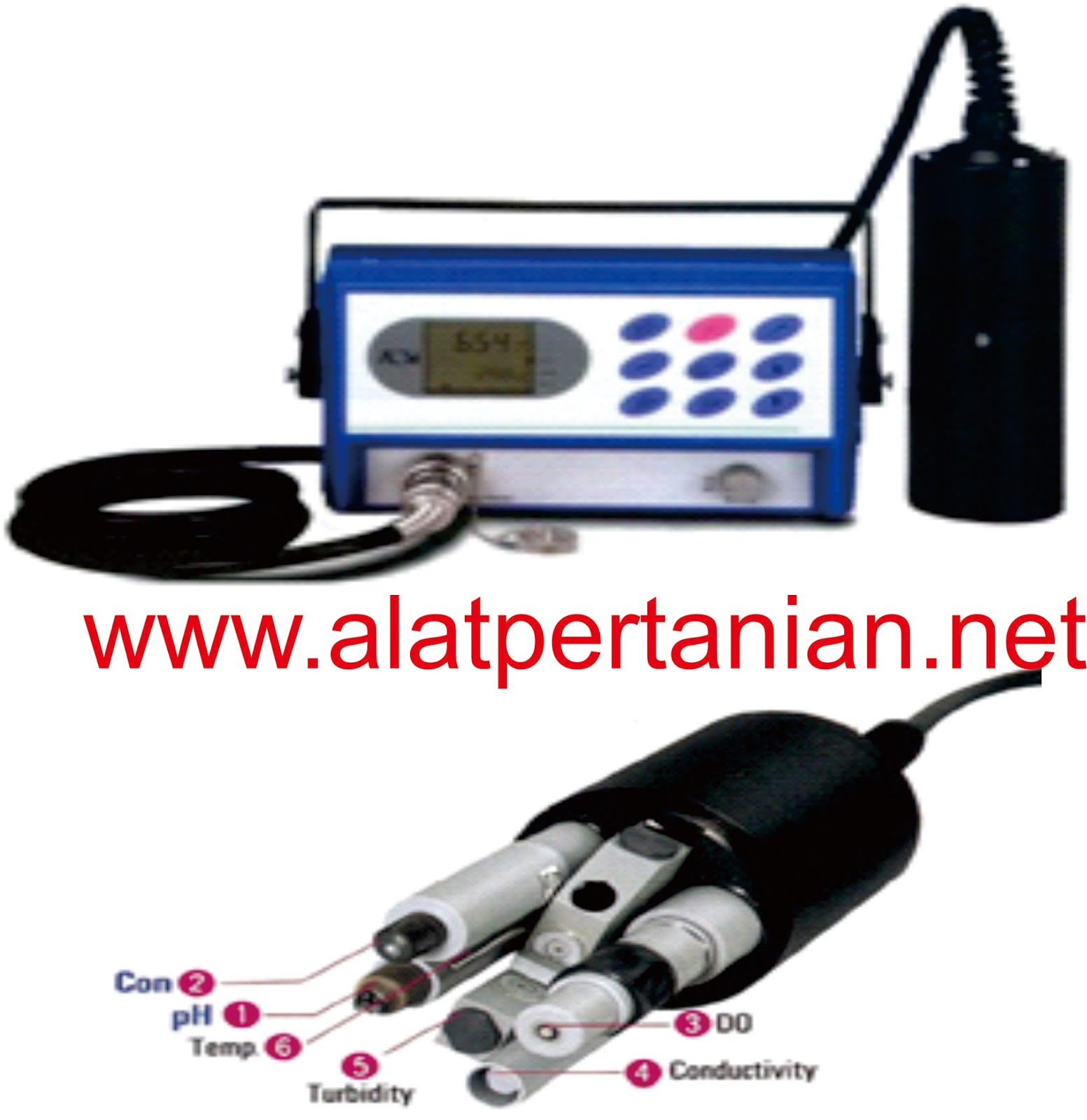
Achieving Optimal Koi Pond Water Quality Standards for Healthy and Vibrant Fish
Introduction
Koi ponds are not only visually breathtaking, but they also provide a tranquil sanctuary for the majestic koi fish. Keeping koi in a pristine and healthy environment should be the utmost priority for any koi enthusiast. Achieving optimal water quality standards is one of the most crucial factors to ensure the longevity and vibrancy of your fish.
This article will delve into the essential guidelines for maintaining excellent water quality in your koi pond. We will cover the basics of koi pond water chemistry, filtration systems, and best practices for pond maintenance. Following these water quality standards will ensure that your koi stay healthy and vibrant for years to come.
Understanding Koi Pond Water Chemistry
Water chemistry plays a crucial role in maintaining excellent water quality in a koi pond. Ample oxygen levels, pH balance, and nitrogen cycle are crucial factors that affect the well-being of your fish.
The ideal pH range for most koi is between 7-8.5. Anything below 7 can cause stress and illness, while any pH values over 8.5 can cause toxicity and hinder fish growth.
Ammonia and nitrite are toxic compounds that can harm your fish. The nitrogen cycle, which converts ammonia to nitrite and then to less toxic nitrate, is a natural biological process that should be present in every koi pond. Nitrifying bacteria are responsible for converting ammonia to nitrite and then to nitrate. The ideal water quality standards should show zero ammonia and nitrite levels.
Dissolved oxygen (DO) is essential for fish respiration and should be maintained at a minimum of 5 ppm. A lack of oxygen levels can cause fish to become stressed and gasp for air at the surface of the water. Warmer water temperatures can reduce oxygen levels, so it’s important to monitor DO levels during the summer months.
Filtration Systems for Koi Ponds
A filtration system is responsible for removing pollutants and waste from the water. There are several types of filtration systems that can be used in koi ponds. Each filtration system has its unique set of advantages and disadvantages.
Mechanical Filtration
Mechanical filtration is the process of removing debris and larger particles from the water. This type of filtration system typically involves the use of foam or sponge filters. Mechanical filtration serves as a preliminary filtration step and is typically followed by biological filtration.
Biological Filtration
Biological filtration utilizes the natural nitrogen cycle process to remove harmful toxins from the water. This type of filtration system typically involves the use of biological filters that contain nitrifying bacteria responsible for breaking down ammonia and nitrite.
Chemical Filtration
Chemical filtration is the process of removing dissolved impurities from the water using adsorbents or resins. This type of filtration system typically involves the use of activated carbon or zeolite.
Pond Maintenance Best Practices
Maintaining excellent water quality in your koi pond requires consistent monitoring and maintenance. Regular pond maintenance will ensure that your filtration system is running correctly and that your fish are in tip-top shape.
Regular Water Testing
Regular water testing is essential for monitoring water chemistry levels. Testing should be done at least once a week to ensure that ammonia, nitrite, and nitrate levels are within the recommended levels. The pH level should also be monitored frequently.
Feeding Koi Fish Properly
Overfeeding your fish can cause excess waste, which will burden your filtration system and increase ammonia and nitrite levels. Feeding should be done in small quantities, and any uneaten food should be removed from the water after feeding.
Plant Life in the Pond
Aquatic plants are not only visually appealing but also serve as a natural filtration system. Plants absorb excess nutrients, such as ammonia and nitrate, which would otherwise lead to harmful water conditions.
Maintaining Proper Water Flow
Proper water flow is essential for maintaining a healthy koi pond. Dead spots and stagnant water should be avoided as they can cause poor water quality and toxic conditions. Water movement also helps to distribute oxygen throughout the water and keep the fish healthy.
Conclusion
Maintaining excellent water quality in your koi pond is vital for the health and well-being of your fish. Understanding water chemistry and the different types of filtration systems available will help you achieve optimal water quality standards. Consistent maintenance and monitoring of your pond will ensure that your koi fish remain healthy and vibrant for years to come.





